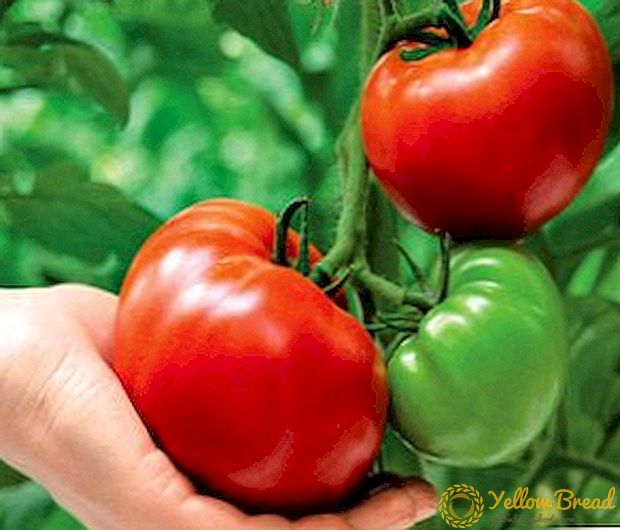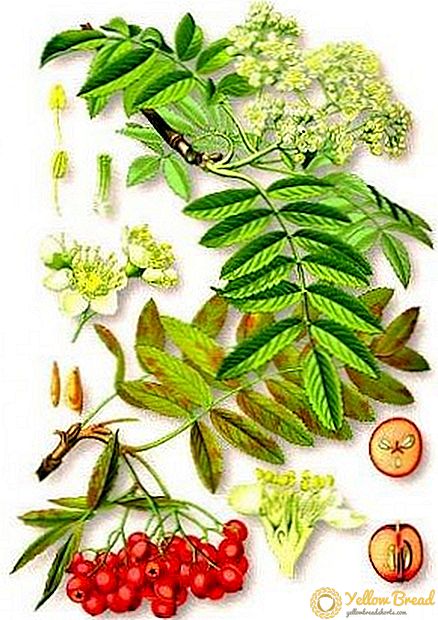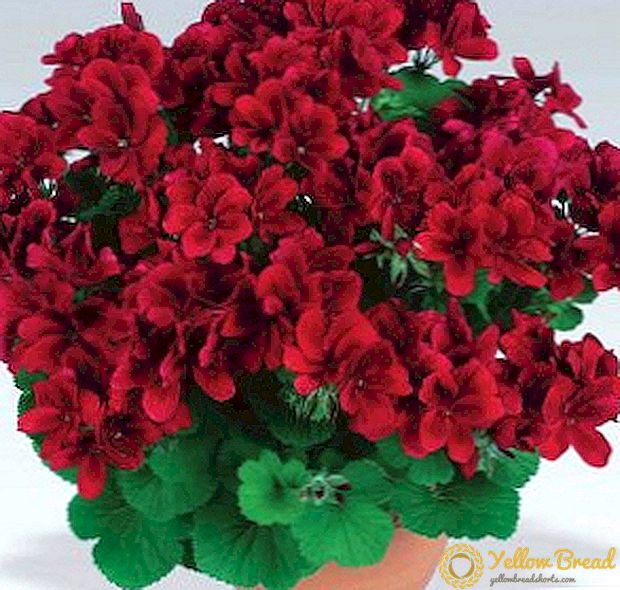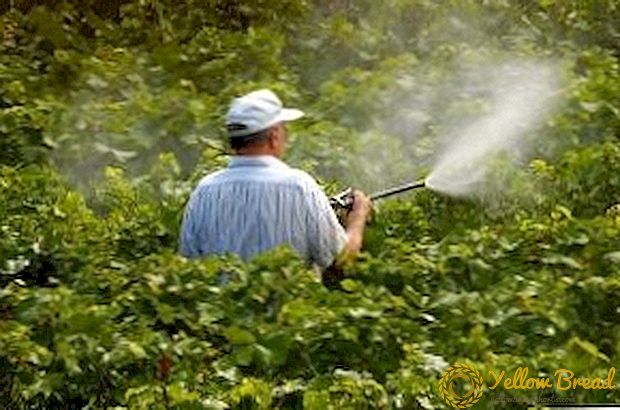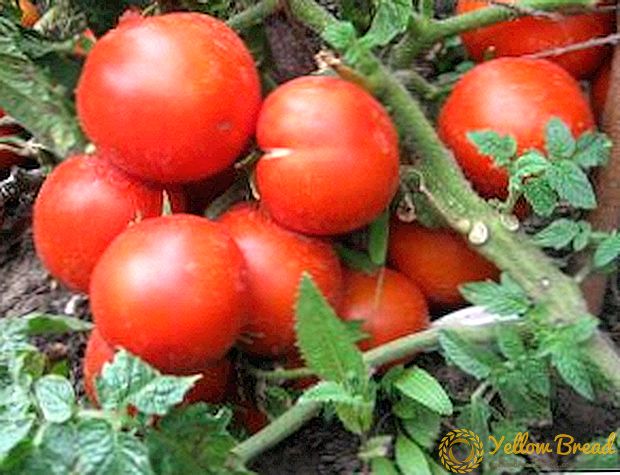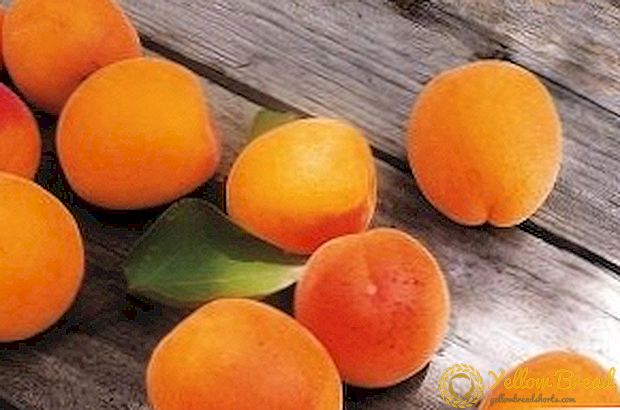
Who would refuse the pleasure to indulge himself with early tasty fruits - delicate ripe apricots grown at home?
Moreover, at the present time, thanks to the diversity of varieties, it has become possible to grow them not only in the south, but also in other regions where the weather conditions differ in a more severe climate. Armed with the necessary knowledge, you can start planting plants and wait for results.
So, what do you need to know before embarking on this process?
First, preparation for landing

Of course, it is not enough just to buy a sapling of a fruit tree, plant it in any convenient place and expect the first fruits. The apricot tree also has its preferences and it is very important to take them into account.
Soil requirements. Apricot is not very picky about the soil and is ready to take root, practically, on anyone except: heavy, with poor air permeability and not letting in a sufficient amount of moisture.
The apricot tree will not grow where the water table is too high (it must be at least two meters). Therefore, low apricot planting places are not suitable at all.
A tree will feel good on a small hill with sufficient lighting, sheltered from cold winds. The southern and southwestern slopes are also suitable for planting.
As mentioned above, apricot will be comfortable on light, well-ventilated soil. An exception is the apricot on the cherry plum stock. For him, soil compaction is less pernicious. For trees on other rootstocks suitable loamy and light loamy compounds, without an excess of toxic salts and nitrogen.
Soil preparation for planting an apricot tree in the spring begins in the fall. Choose a place based on the tips described above.
Preparing a mixture of topsoil and humuswhere we add the fertilizers necessary for the development of the plant - 400 g of nitroammofoski containing in equal parts nitrogen, phosphorus and potassium.
We dig a hole 70 cm deep and the same wide if we plan to plant a two-year-old sapling.
If the seedling is already three years old, then we make it 80 × 80 cm in size. We pour the prepared mixture onto the bottom, pour in a bucket of water and fill it with the rest of the earth.

The choice of seedlings is not less important. It is believed that a two-year sapling has the best growth qualities. Of course, it is best to take a sapling from the nursery, where you can find out all the necessary details.
But, if you, nevertheless, acquire a plant on the market, then try to get as much information as possible, choose the variety that is most suitable for the climatic conditions of your region.
We have already mentioned above that a sapling on a cherry plum is more adapted to heavy soils. Plum stock is also less whimsical. Prefer the samoplodnuyu variety or make sure that other pollinated trees grow nearby.
Carefully inspect the root system, if it is open. There should be no frozen or dry roots. I must say that it is better to take root plant with roots of a closed type.
Seedling preparation. If you still have a sapling with a slightly damaged root system, then your task is to cut all the sick and suspicious roots to living tissue. Before planting, you need to prepare a liquid talker from fresh mullein, clay and water. Dip the roots of the plant into the mixture and dip into the pit.
Planting apricot seedling in the spring

Landing time. April or the beginning of May - the period before the onset of the growing season - is best suited for planting an apricot tree (here you need to take into account the peculiarities of the climatic zone).
The depth of landing should be at least fifty centimeters. The less fertile the soil, the deeper the pit, but not more than seventy centimeters. At the bottom of the pit, a height of 20 cm, lay out the drainage (broken brick, crushed stone).
Fertilizer. On top of the rubble we place topsoil mixed with fertilizers: a pound of superphosphate, 200 g of ammonium nitrate, one kilogram of lime and you can add two kilograms of ash and humus.
This mixture is thoroughly mixed with the ground, in order to avoid direct contact with the roots, so as not to burn them. In the center we place peg, which the will serve as a prop. Around it we make a mound in such a way that a hill is formed above ground level. On the obtained mound we place our seedling and begin to gently straighten the roots, after which we carefully pour them into the soil. It is best if someone will help you during landing. This will greatly facilitate the task.
To complete the process, create a roller around the wheel circle.We finish planting watering plants (15-20l), but we do it so as not to blur the resulting mound. After the manipulations, the root neck of the tree should be at ground level - this will mean that you did everything correctly.
Departure after landing consists in timely watering, top dressing, protection against cold and wreckers.
Watering seedling is required and must be carried out at least three or four times per season. In mid-spring and late May, there is an active growth of shoots. During this period, it is necessary to carry out two watering. In addition, watering is required for two weeks before the period of fruit ripening.
Of course, all watering needs to be adjusted depending on weather conditions. In the dry season need to spray and crown of the tree.

Feedings best to make also in the spring. For these purposes it is recommended to use mineral and peat mixtures, but with organic fertilizers it is necessary to wait until the tree reaches five years of age.
Protection of apricot from diseases and pests It consists in the timely cleaning of the territory, the burning of fallen leaves, where pathogens of many diseases so love to spend the winter.
While the tree is young, it is necessary to monitor the purity of the tree trunk, free it from weeds. Regularly inspect the plant for the first signs of the disease, mechanically remove the larvae of pests.
It is also important to remember that the condition of your seedling directly depends on the general condition of the garden and the care of the trees growing nearby, because diseases are quickly transmitted and can infect the whole territory. Therefore, spraying for the purpose of prevention and treatment are essential steps in the care of your trees.
Do not also neglect the whitewashing of trees before the onset of cold weather. This will protect them from the bright winter sun and will help them to winter with minimal losses. Take care of your plants, do it with pleasure and dedication, and your efforts will certainly be crowned with success.

